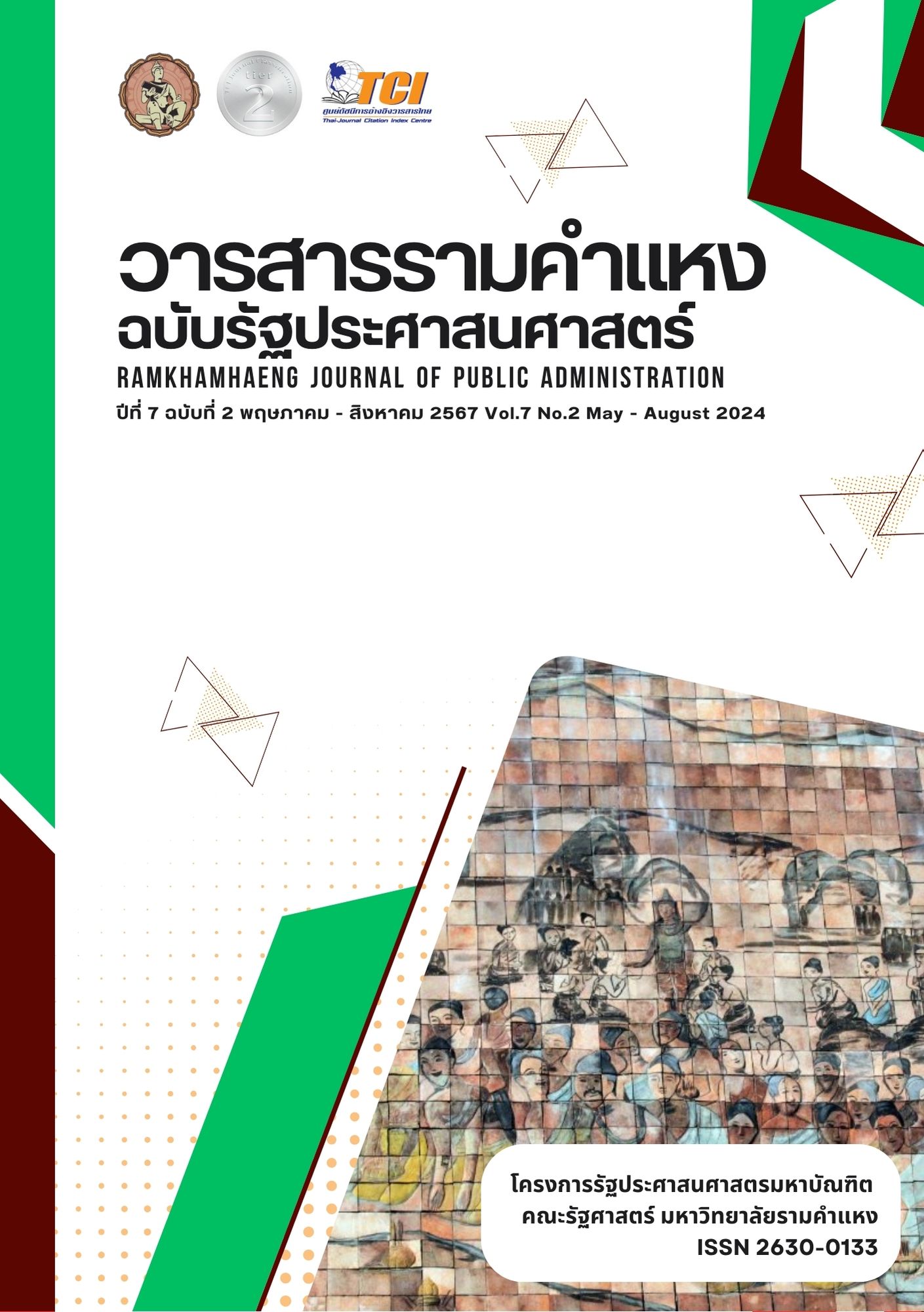Might and Magnitude: An Application of Aesthetic Philosophy to a Creative Art-Work
Keywords:
Aesthetic Philosophy, Might and Magnitude, The SublimeAbstract
The Might and Magnitude Video Installation project is an attempt to apply the concept of the sublime in Kant to create an aesthetic experience via artwork. The latter illustrates an artificial storm with lightning and thunder as the subject through a 14 x 5 meters cycloramic screen with a video projection technique. The video continues in a slow zoom into a thunderstorm in an infinite loop, along with thunder sound effects and ambient sound. The project was inspired by a sublime experience when confronting with thunderstorm, thunderclap and thunder flash on top of a skyscraper. Such an experience unveiled a boundless trait of nature and its magnitude, while being veiled by a mighty power of nature, an exhausted feeling of terror as well as an anxiety of annihilation. This sublime occasion entails both a virtual creativity and an aesthetic experience, whereas a feeling of pleasure is apprehended in the work of art, and hence, in the free play of imagination. Throughout the article, the objective is to promptly synthesizes the process as following: clarifying the concept of the sublime; reviewing the procedures of the sublime and the related contemporary art-works; analyzing the sublime experience; applying the procedure as the creation of Might and Magnitude Video Installation.
The research result shows a successful application of the aesthetic philosophy to creative artwork. It was able to accomplish clarification of the subjective experience with the framework of Immanuel Kant’s Dynamical and Mathematical Sublime system. This led to the systematic analytical sublime experience and created a concept for a creative artwork which aroused the imagination and the subjective feeling in the viewer.
References
Cárdenas, K. M. P. (2020). Re-Creating the Sublime Experience: An Analysis of Contemporary Art Using
Postmodern Ideas of the Sublime. [Unpublished master’s thesis]. Ferris State University.
Derrida, J. (2017). The Truth In Painting. (trans.) Geoffrey Bennington. Chicago: The University Of Chicago Press.
Eliasson, O. (2003). The Weather Project. (ed.) S. May. London: Tate Publishing.
Kant, I. (1987). Critique of Judgment. (trans.) W. S. Pluhar. Indianapolis: Hackett Publishing.
Makkreel, R. A. (1990). Imagination and Interpretation in Kant: The Hermeneutical Import of theCcritique of
Judgment. Chicago: The University of Chicago Press.
Morley, S. (Ed.). (2010). The Sublime. Cambridge, MA.: The MIT Press.
The Menil Collection. (2022, October 29). From the Archives: The Permanent Installations of Walter De Maria [VDO]. YouTube. https://www.youtube.com/watch?v=2cpubs1GI54&list=PLaS1nx1jHnWg9W_c-gkw_bN8PMbtSxBkk&index=1
Weiskel, T. (1987). The Romantic Sublime: Studies in the Structure and Psychology of Transcendence. Baltimore: The Johns Hopkins University Press.
Downloads
Published
How to Cite
Issue
Section
Categories
License
Copyright (c) 2024 Siriya Jitpimolmard, Kamol Phaosavasdi & Kasem Phenpinant

This work is licensed under a Creative Commons Attribution-NonCommercial-NoDerivatives 4.0 International License.


